Below, we explore the top systems to help you manage inventory efficiently, improve accuracy, and drive productivity in your warehouse operations.
Contents
Warehouse inventory management software comparison
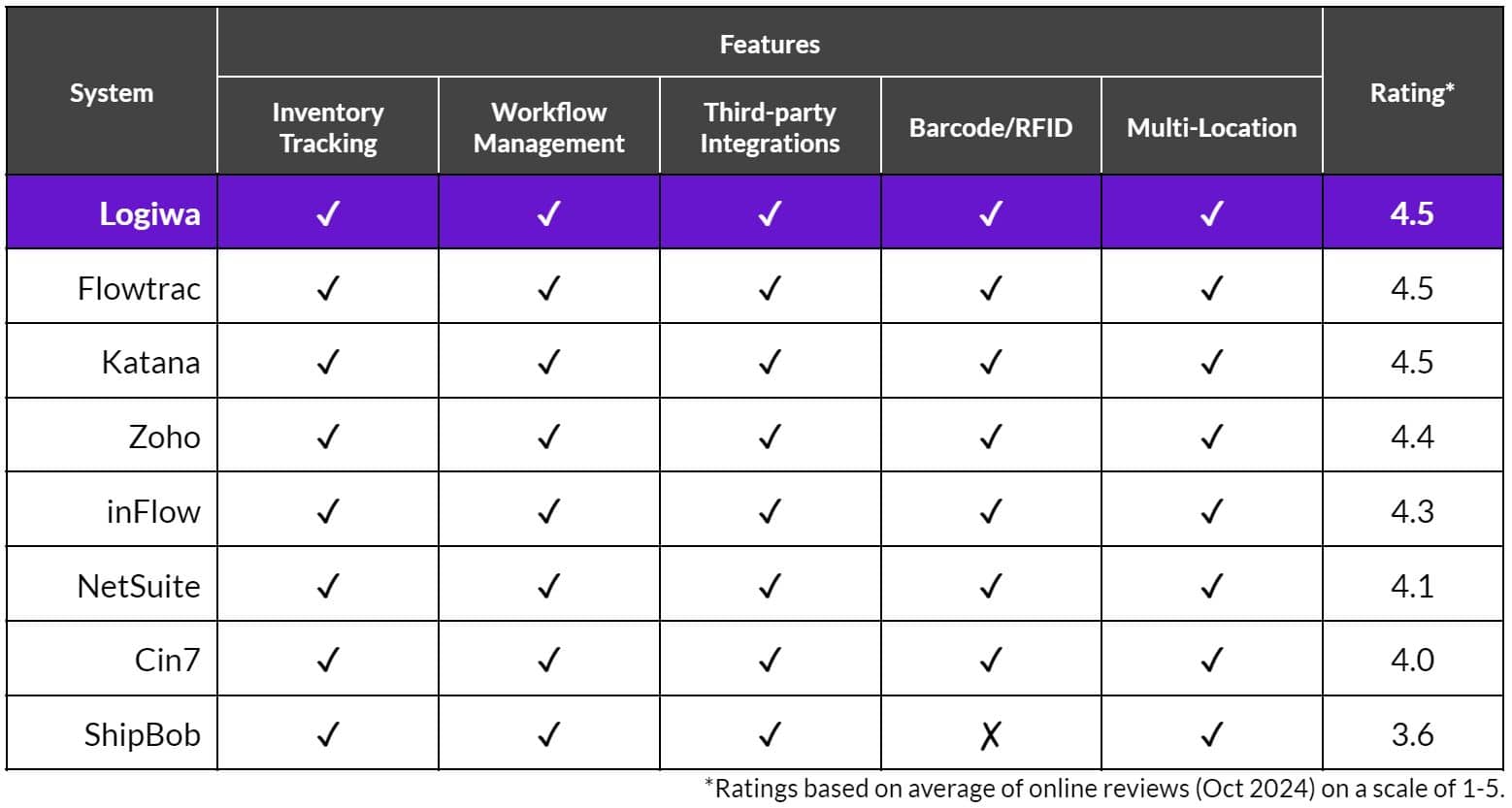
1. Logiwa
4.5/5
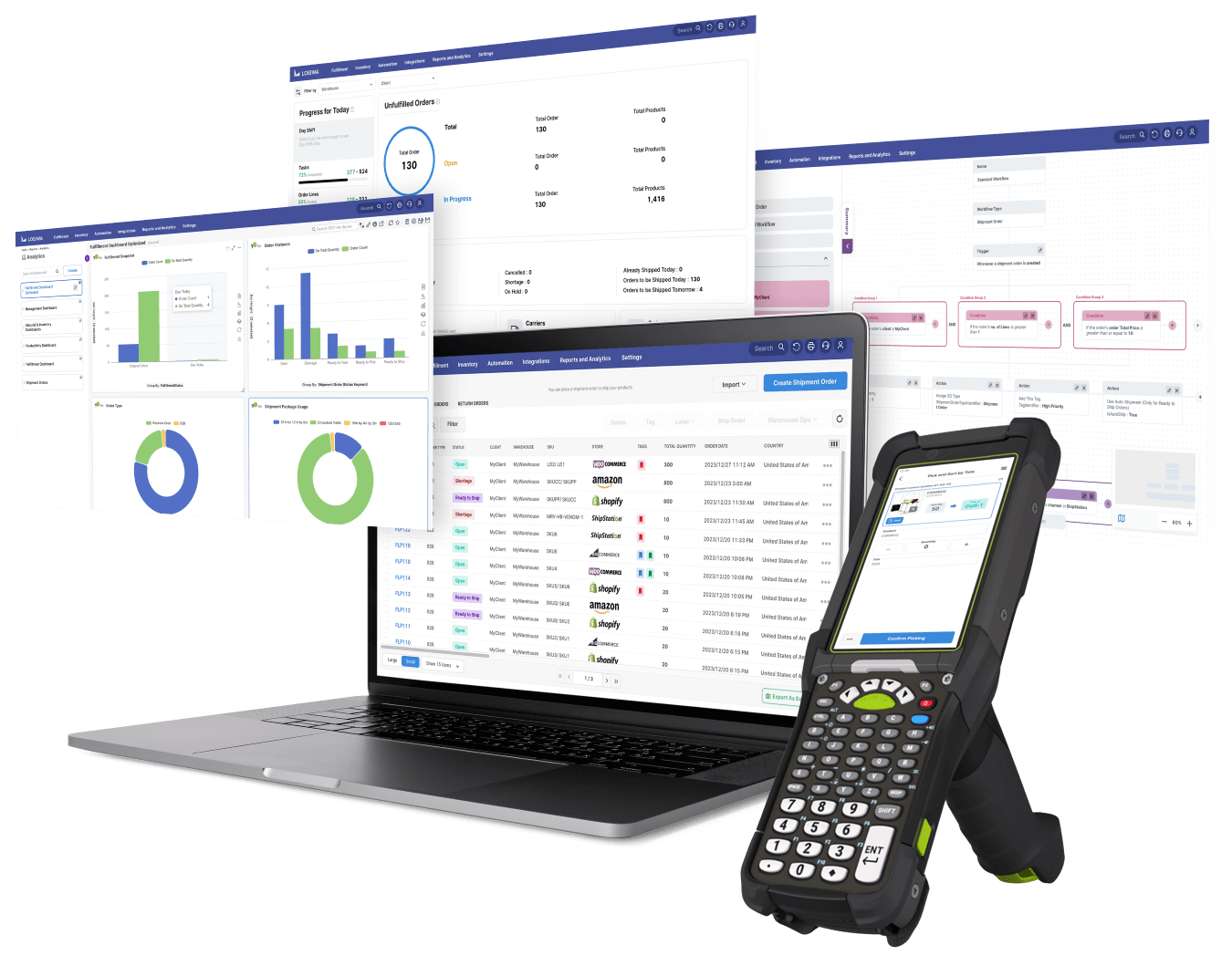
2. Flowtrac
4.5/5
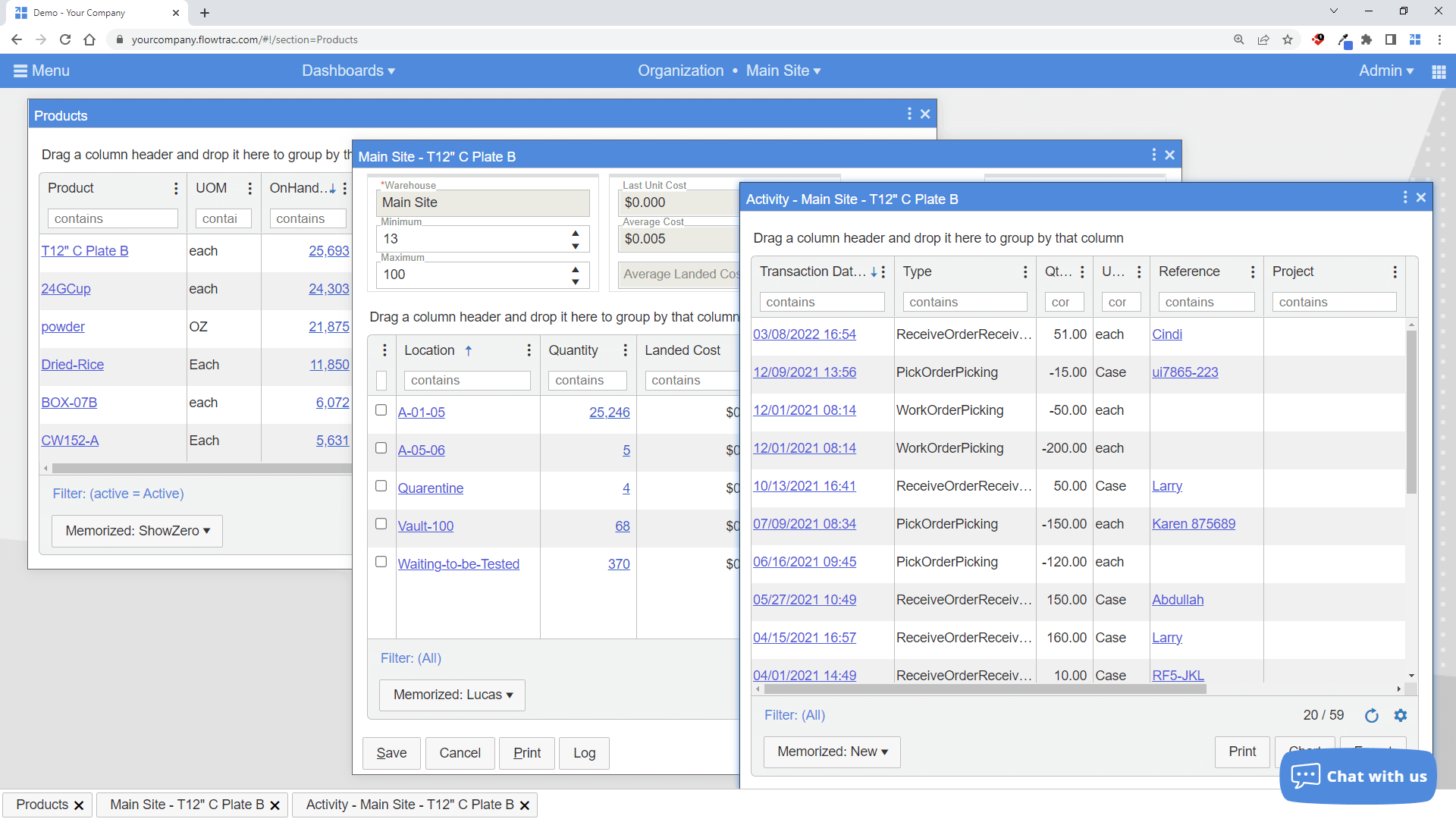
3. Katana
4.5/5
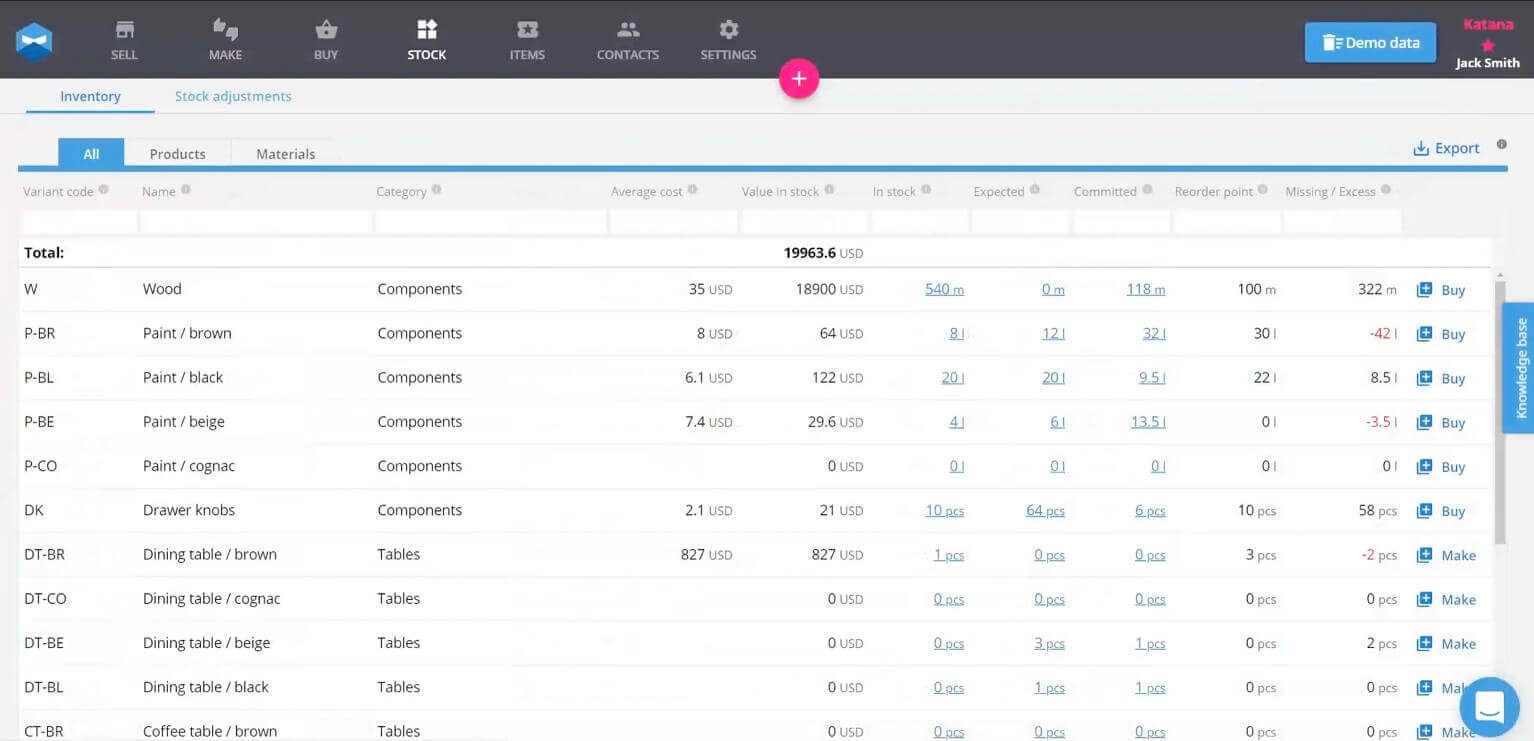
4. Zoho Inventory
4.4/5
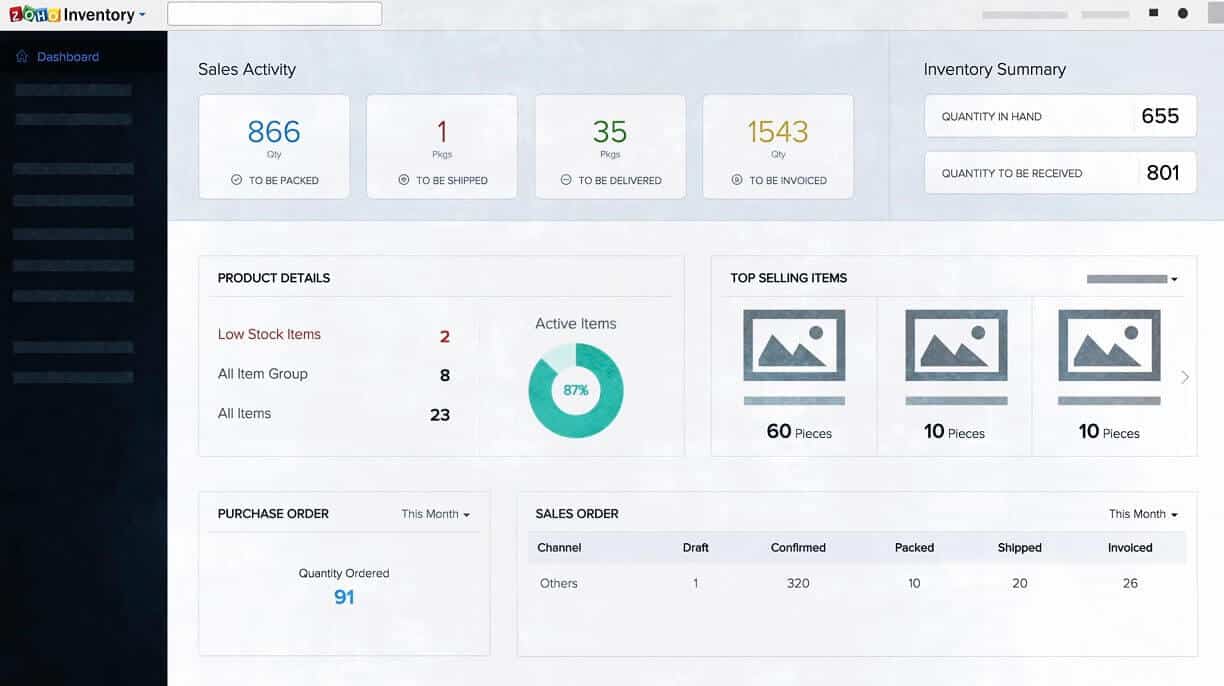
5. inFlow Inventory
4.3/5
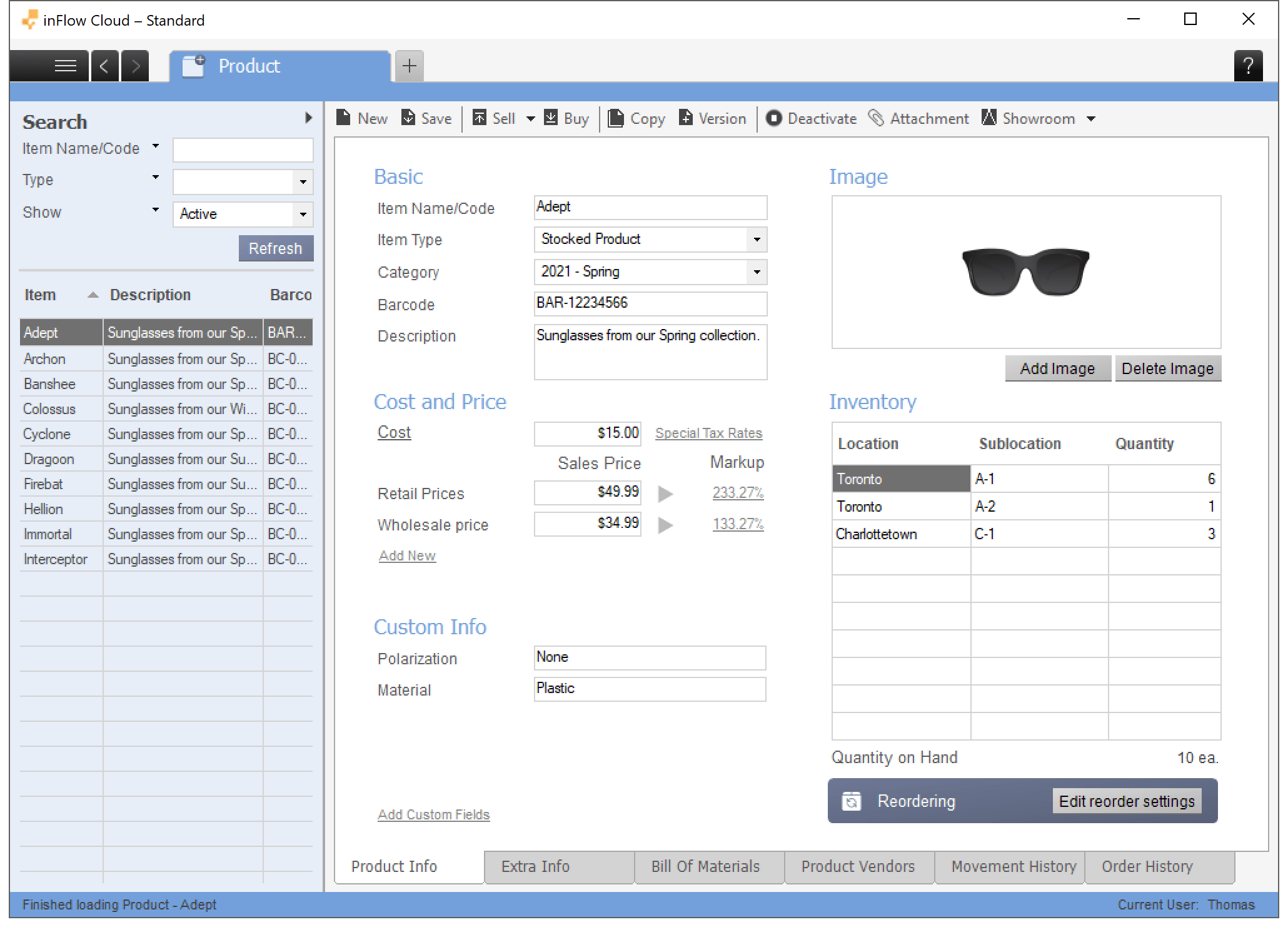
6. NetSuite Inventory Management
4.1/5
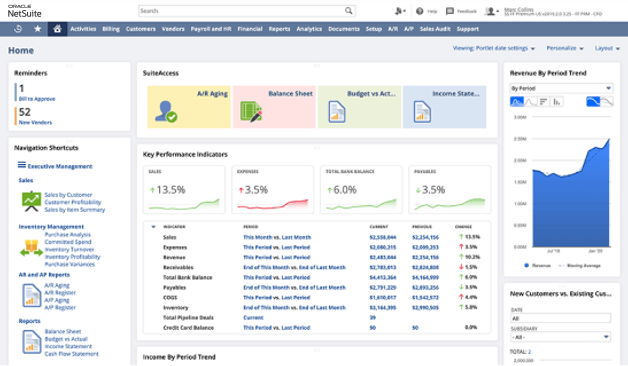
7. Cin7
4.0/5

8. ShipBob
3.6/5

Choosing the right platform for your needs
Selecting the right warehouse inventory management platform in 2024 comes down to your specific business requirements. Here are some key factors to consider when choosing a platform:
- Scalability to match your business growth
- Integration with existing systems (e.g., ERP, ecommerce platforms)
- User-friendliness and learning curve
- Automation features for warehouse operations
- Customer support and training options
Whether you need a straightforward solution like inFlow, a feature-rich option like Logiwa, or an industry-specific tool like Katana, the key is finding a platform that aligns with your growth goals and operational needs. Each of these platforms brings unique strengths, and understanding what fits your business model best is crucial for success.
With competition intensifying and technology advancing rapidly, investing in the right tools for inventory management can mean the difference between thriving and merely surviving in today’s fast-paced market. Evaluate your needs, consider the integrations, and make an informed choice that will support your business for years to come.
Logiwa is the smart choice
Logiwa IO is an outstanding choice for B2B and DTC businesses looking to optimize their warehouse and fulfillment operations. Its advanced automation features, scalability, and cloud-based infrastructure make it an ideal solution for high-volume ecommerce and fulfillment needs.
If you’re ready to take your warehouse management to the next level, schedule a call with one of Logiwa’s fulfillment experts today to discuss your specific requirements and see how Logiwa can help you achieve your goals.





